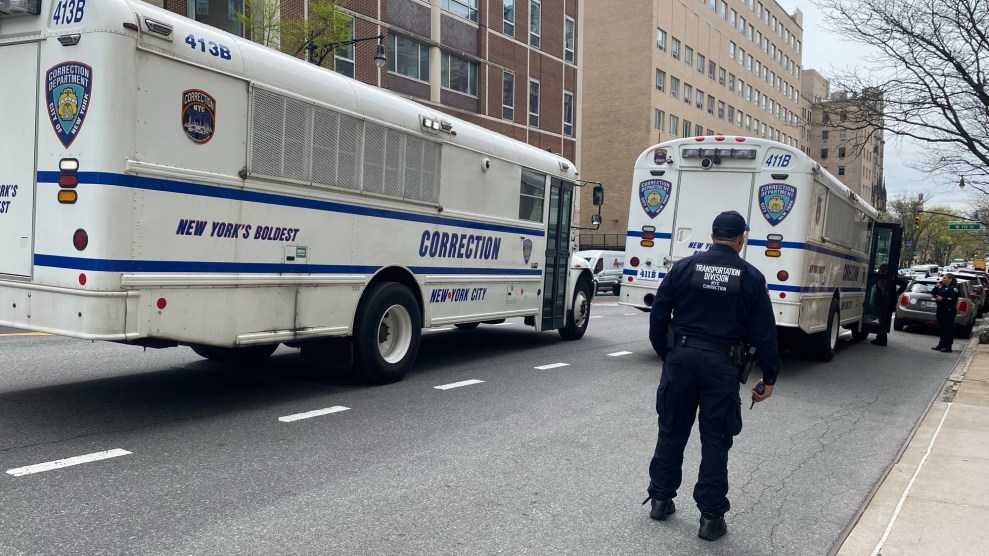After 9/11, Washington—predictably—underwent a spasm of intelligence reform and reorganized what’s called the “intelligence community.” The big change came with 2004 legislation that created a director of national intelligence, who was supposed to supplant the director of central intelligence (aka the CIA head) as the top-dog chief of the sprawling intelligence establishment, which includes 13 agencies, including several within the military. Dennis Blair’s recent departure as DNI and the subsequent difficulty in replacing him are reminders that the the 2004 reform has not gone so well. Now Secrecy News reports:
The development of the 2004 intelligence reform legislation that created the Director of National Intelligence and attempted to modernize and integrate the U.S. intelligence community was examined in detail last year in an unreleased report (large pdf) from the Office of the DNI.
The 2004 Intelligence Reform and Terrorism Prevention Act was supposed to “address institutional obstacles that had complicated the IC’s struggle to adapt to new technologies and a changing national security environment. The new act would redraw boundaries between foreign and domestic intelligence, set new rules for intelligence and law enforcement, enhance the interplay between civilian and military intelligence, correct the shortfall in information sharing, and meet the needs of traditional and emergent intelligence functions.”
But five years later, many of those original obstacles remain in place.
“The IC continues its struggle to keep up with technological innovations in collection. Other challenges include transforming analysis, anticipating future threats, increasing critical language capabilities, and improving hiring and security clearance processing.”
The report itself ironically exemplifies at least two of the enduring defects afflicting U.S. intelligence, namely pointless secrecy and a surprising backwardness in communications and information sharing.
For unknown reasons, the unclassified report has not been publicly released and made available online by ODNI….Limiting distribution in this way tends to diminish whatever value and utility the document might have.
Moreover, the report itself is so extravagantly overproduced that it requires a gargantuan 18 Megabytes to present a mere 25 pages of text. (A word-searchable version of the document is 25 Megabytes.) In such an unwieldy format, the report is the opposite of user-friendly. It is unlikely to be emailed, downloaded— or read.
Meanwhile, the big problem seems to be that six years after this law was passed, there’s no agreement on what the DNI should do. CNN reports:
That might be the crux of the problem. The law that created the position of DNI after the 9/11 terrorist attacks is too “ambiguous,” said one of the key people who pushed Congress for intelligence reform. Lee Hamilton, the co-chairman of the 9/11 Commission, told a congressional hearing last week that “the role of the DNI is not clear … and as long as you have the ambiguity, you’re going to have these agencies fighting for jurisdiction and power.”
The DNI needs to be empowered with the budget and personnel authorities to lead the community, otherwise, the director is merely a coordinator, Hamilton said.
And the White House does not appear eager to do that—for good or bad. The intelligence community will continue to stumble and ad hoc its way through the 2004 reforms—until there’s another terrorist attack and another round of reform.












